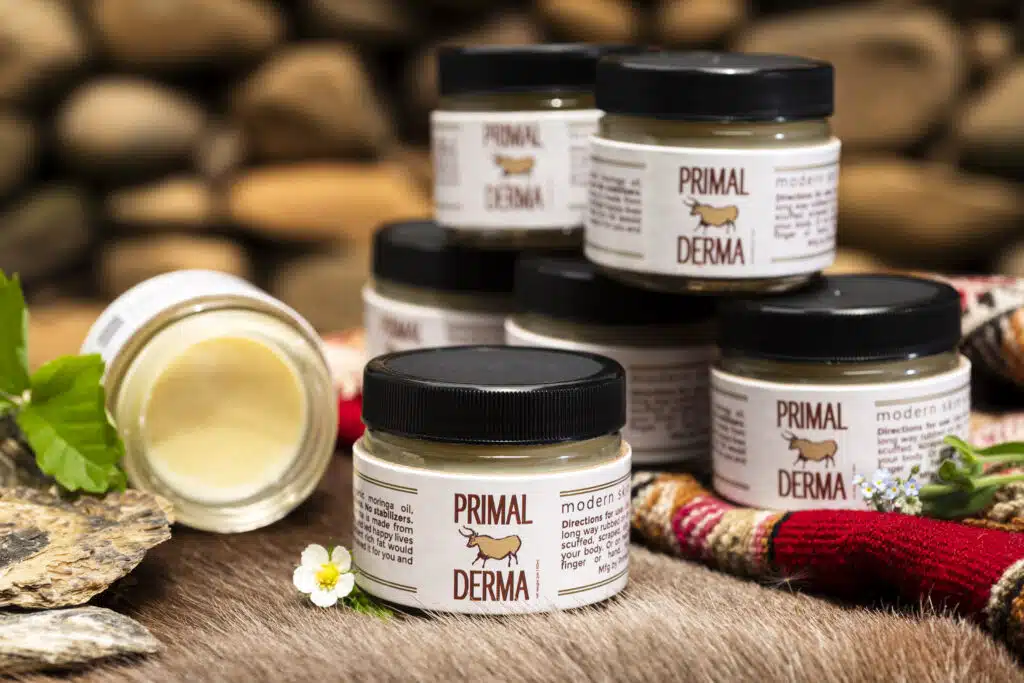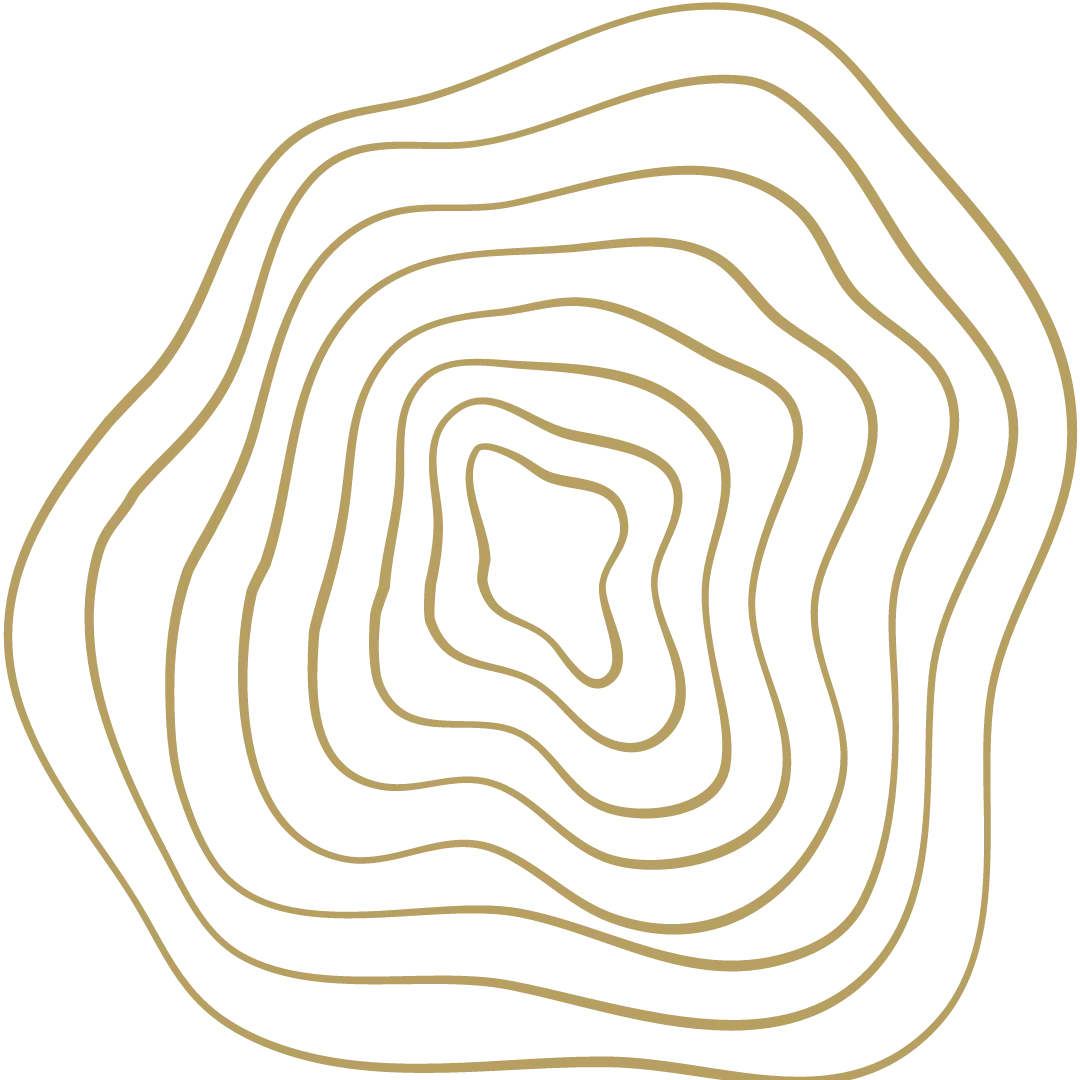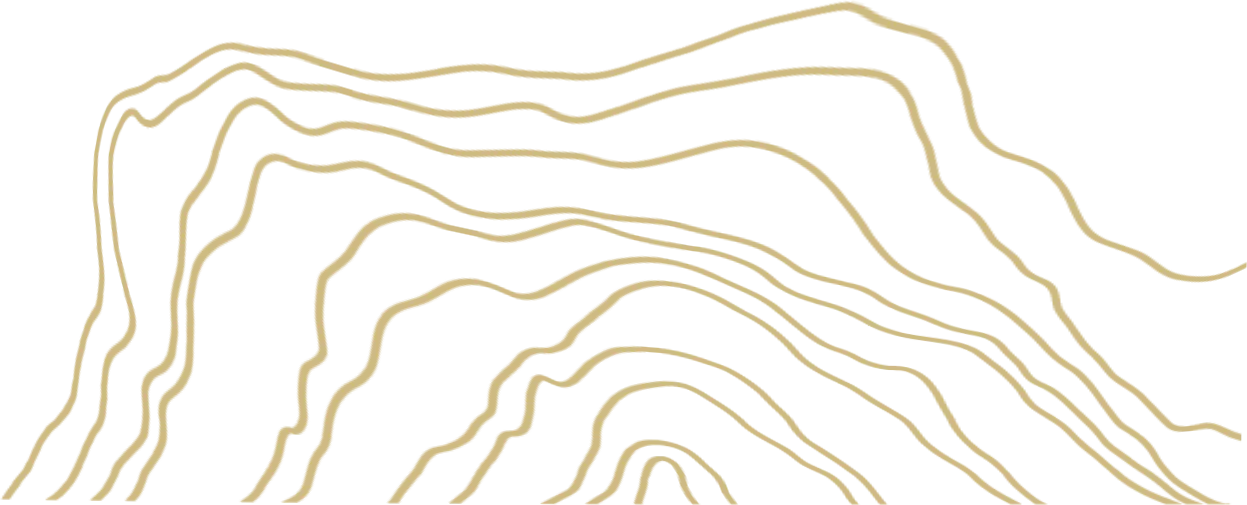What is tallow?
Tallow is the rendered fat of any ungulate. What is an ungulate? Any mammal that is hoofed and walks on its toes. Cows, sheep, horses, giraffes, camels, bison, even the hippotamus is an ungulate. But the most common tallow is cow tallow and that is what we are using and will be using. Giraffe, hippo, and horse tallow are definitely not in our future. Or yours, most likely.
Does it smell like meat? Will I smell like meat?
Once it has been rendered, strained and dried tallow has mild animal-ish scent but not a bad smell at all. But once we mix the tallow with the essential oils the scents are perfectly integrated and harmonized, you are unlikely to smell the raw tallow smell (though some noses are more sensitive than others).
(though some noses are more sensitive than others). But you will never smell like meat when you use Primal Derma. Unless you are wearing clothing made of Slim Jims at the same time, or something like that. The essential oils we scent our tallow matrix with are perfectly selected, combined, and balanced to offset any tallow smell without bombing you with perfume.
Wait, meat goes bad, how long will this stuff last?
Primal Derma isn’t meat. Think about the olive oil in your kitchen. Fat is pretty stable and can last quite some time unspoiled at room temperature. We have had jars sit in great condition for more than a year in ideal storage – dark, cool and dry.
But the fact that it has a shelf life means that this is a product that doesn’t have preservatives or junk in it to keep it “fresh.” If you think of this as food for your skin, you want it to be able to have a shelf life.
The essential oils certainly help with this. But it is not indefinite. Don’t get water into it (that will spoil it very fast) and keeping it out of the light will lengthen the life of your jar of Primal Derma. Keeping it in the fridge will really lengthen the life but it really gets firm in the cold and makes it hard and physically a bit difficult to get onto your fingers to use any place on your body.
You are saying that I can use this on my face and my body, but I have usually had different products for face and hands and body. How do I use Primal Derma?
Look, you are in charge of your body and your skin to see what works in caring for it. Our experience is that you have one skin and Primal Derma can take care of the vast majority of your needs – dry, chapped, cut, rough, damaged, calloused, torn, sensitive, normal and even oily. Broadly speaking a little Primal Derma goes a long way but where the skin is thicker or tougher you may need more (feet, hands, elbows). Primal Derma can work with your sensitive skin really easily because tallow is so close in molecular structure to our skin and goes right in.
Does Primal Derma absorb quickly into my skin? Is it greasy?
You will not find a skin care product that your skin takes to more happily than tallow based ones like Primal Derma. Using a small amount will leave your skin feeling more like itself and not greasy at all. But if you apply too much it can be greasy like anything else. Start with less and find out the amount your skin needs and likes.”
Where does your tallow come from?
Our tallow comes from small scale cattle farmers around the United States who are committed in both philosophy and action to letting their animals lead happy pastured lives eating the food they were evolutionarily built to eat for their entire lives – grass.
Okay, but how do you get it?
Tallow can only come to exist because cows are killed for their meat at USDA certified abbatoirs. The cows are at least two years old when slaughtered. These animals have been raised for their meat. If the animal is not fit for consumption and considered safe every part of the animal is destroyed. Assuming the slaughter went according to plan the grass fed fat is usually discarded because there is not much call for it. But it doesn’t have to be that way. There is a big trend in the culinary world of “nose-to-tail” eating where all parts of the animal is used because if we are going to take a life we should use all the parts. We think the same principle can be extended to other parts of the animal the same way that human beings have used all parts of animals they have killed for much of human history.
How is it tested? Is this vegan?
We are not vegan…at all. But we don’t test Primal Derma on animals, Primal Derma is made of animals. Primal Derma has been tested on people…using a material that humans have put on their skin and ingested for millennia. Also the rendering process holds the fat at sub-boiling temperatures for long periods killing any potential weird bacteria that might lurk in the fat.
Can I use it for sexy times?
Here is what we can say about that. Primal Derma is designed for general skin care and conditioning and that is what we recommend it for. We haven’t tested Primal Derma with condoms and we don’t know anyone else who has either. But it is slippery and we have had…positive reports. We’ll let you fill in the gaps from here.
What makes this good to put on your skin?
- Beef tallow and human skin are virtually bioidentical in terms of chemical composition. 50-55% saturated fats (you need high quality saturated fat in your body and your life) which help maintain skin cell integrity and tone.
- Tallow and Sebum (found naturally in skin) consist primarily of triglycerides which allow for easy absorption of nutrients.
- Tallow is naturally full of great fatty acids, antioxidants and nutrients. There are trace amounts of vitamins A, B12,D, E and K. Tallow has anti-microbial palmitoleic acid in it. Also tallow has Omega 3 and CLA (conjugated linoleic acids) which boasts anti-inflammatory qualities and is in a ratio of almost 1:1 – which is ideal.
- Tallow is used already in all sorts of industrial products…but that tallow has none of the benefits of the list above because it comes from industrial cattle that have been fed the worst diets. All the beneficial stuff you just read is limited to tallow from grass-fed, pasture raised cows. Commercial cow farming restricts the animal’s diet to corn, grains, feed, stale candy (not a joke, check this out), its living environment to confined, overcrowded spaces, and contradicts that which the animal was intended to do: roam freely in the sun.
- The free range life, and the eating of varied grasses and exposure to sunlight, as nature intended provide the building blocks for production of these vital nutrients inside the animal’s body.
Specifically Tallow has...
-
- Stearic acid and Oleic acid
These essential fatty acids are both in the epidermis – the protective outer layer of the skin and in sebum. Stearic acid increases the suppleness and flexibility of skin while also helping with damage repair. Oleic acid (Omega 9) also helps the other active components penetrate deeply into the skin. These EFAs reduce inflammation, moisturize, soften, and condition skin while also helping skin to regenerate. - CLA (conjugated linolenic acid)
An anti-inflammatory with antimicrobial properties. - Palmitoleic acid (Omega 7)
Palmitoleic acid is also a basic building block of our skin, but it’s production declines with age and is a natural anti-microbial. - Palmitic acid
This EFA is naturally produced and smooths the skin but its production declines with age .
Alpha-Linolenic (Omega 3) and Linoleic acids (Omega 6) are balanced naturally at an ideal ratio of 1:1. These essential fatty acids help with structural integrity of skin and its capacity to serve as a barrier. Omega 3 and 6 in a ratio of 1:1 act in tandem as an anti-inflammatory agent. - Vitamins A, D, E and K, and Vitamin B12
All these guys are so great for your skin and are in trace amounts in tallow but are only naturally found together in animal products. Sorry plant-based skincare products full of water and preservatives!
- Stearic acid and Oleic acid
-
What is the history of using animal fat in skincare products?
All sorts of animal fats have been incredibly important component of traditional medicinal salves, ointments and poultices. The Babylonians, Egyptians, Australian Aborigines, Inuit, Himba and Hamer tribes, and Native Americans all have tallow as part of their historical skincare routines. These are very old traditions indeed. Splintered bones in ancient sites like the caves at Lascaux (and many others) show that at least 20,000 years ago or so human beings were butchering animals, using all the parts and cracking open the bones of large animals to get at the marrow. It is a messy process and getting it will necessarily coat you in fat.
Hey, this jar is a little different than the last jar I got. What is the deal?
Primal Derma is a natural product where there will be variations from batch to batch. We do our best to make it as close as possible each time but some batches will be a bit more yellow (beta carotene) than others and others will be a bit smoother. It is all good, promise. And if it isn’t – email us and we will work it out.
Your logo looks familiar and cool. Where have I seen that before?
Thanks. It is cool. You have probably seen the bull in our logo before because it is actually drawn from the famed cave paintings in Lascaux, France where approximately 17,300 years ago humans created some of the earliest art made by people that we know of. While there is some debate whether these are bulls or aurochs (a giant progenitor to the bull) it shows that humans have a long relationship with cattle and the shattered bones found in Lascaux and many other other sites show that the earliest humans were interested in the fat of these animals and were certainly coated in it to extract it.
We honor this history by bringing back a bit of our connection with this ancient tradition by using the image that awed our ancestors.

Or you could always...
Shop NowSign up to receive stories, culture, history, and Primal Derma updates:


How do you Derma?
Primal Derma can be used for all sorts of skin issues.
From healing to moisturizing, to soothing itchiness, PD faithfuls have gotten quite inventive in how they use it.
So we asked them…










